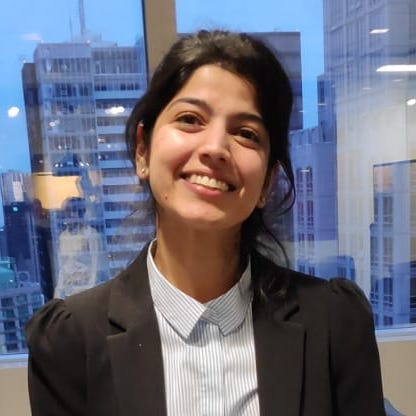September 24, 2015
Poster, Vienna Summer School on Complex Quantum Systems, Vienna, Austria
Efficient candidates for the fundamental component of quantum networks – qubits, are being actively researched globally. The qubit needs to exercise an efficient photon interface, ability to entangle with photons, long coherence times, stability and easy handling and control. Some active systems of research include ions trapped by electro-magnetic fields, quantum dots and color centers in diamond. The most prominent color center currently is the nitrogen vacancy center which exists in the large band gap of diamond. The stiff lattice of diamond protects the coherent properties of the color center’s spin. The spin-photon interface for NV centers is, however, poor. Silicon vacancy center has recently emerged as a furious competitor to the NV center. Compared to NV centers, its optical properties provide a feasible interface between stationary and flying qubits. This center has also been proved to emit indistinguishable photons which pave the way towards scalable quantum networks.
